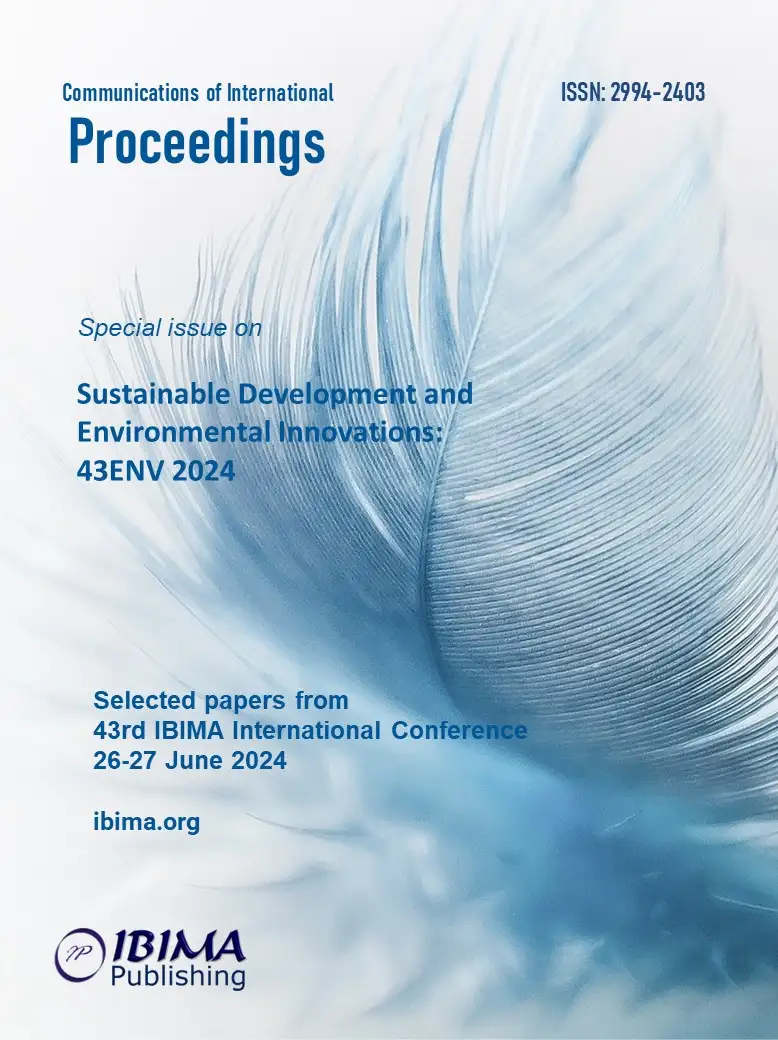
Malgorzata KEDZIOR-LASKOWSKA
University of Warmia and Mazury in Olsztyn, Olsztyn, Poland

Most micromobility research is conducted among users (their attitudes, behavior or travel trajectories). The findings are of significant value and utility in the creation of mobility patterns, shared micromobility offers, operating conditions, and the use of micromobility big data. The significance and efficacy of micromobility within Sustainable Urban Mobility Plans is often underestimated. Undoubtedly, the incorporation of micromobility into urban planning can lead to tangible environmental benefits, including a reduction in traffic congestion, greenhouse gas emissions, and improved air quality. Consequently, Sustainable Urban Mobility Plans and micromobility represent a significant research topic, given their importance for practitioners. This article aims to examine and identify the levels of possible integration pertaining to micromobility within Sustainable Urban Mobility Plans in the context of greening transport systems in cities. The following were identified with regard to levels of integration and future research directions: role of micromobility and Sustainable Urban Mobility Plans in climate change; types of micromobility in a sustainable environment; availability of data and information in the context of planning and promoting green mobility patterns (for researchers and practitioners); formal and legal requirements indicating the need to secure users (road safety of people and their personal data); integration of micromobility and public transportation as a good practice for a sustainable city trips. The initial examination of the literature revealed that this is a relatively narrow research area. Information about the integration between Sustainable Urban Mobility Plans and micromobility may be found in expert reports from various organizations, research funding institutions and city websites. The sources of information are outlined in the paper, as well as future research possibilities. Moreover, the outlined five levels of integration serve as a reminder of the necessity for an interdisciplinary approach to the successful implementation of micromobility as a key factor in Sustainable Urban Mobility Plans.